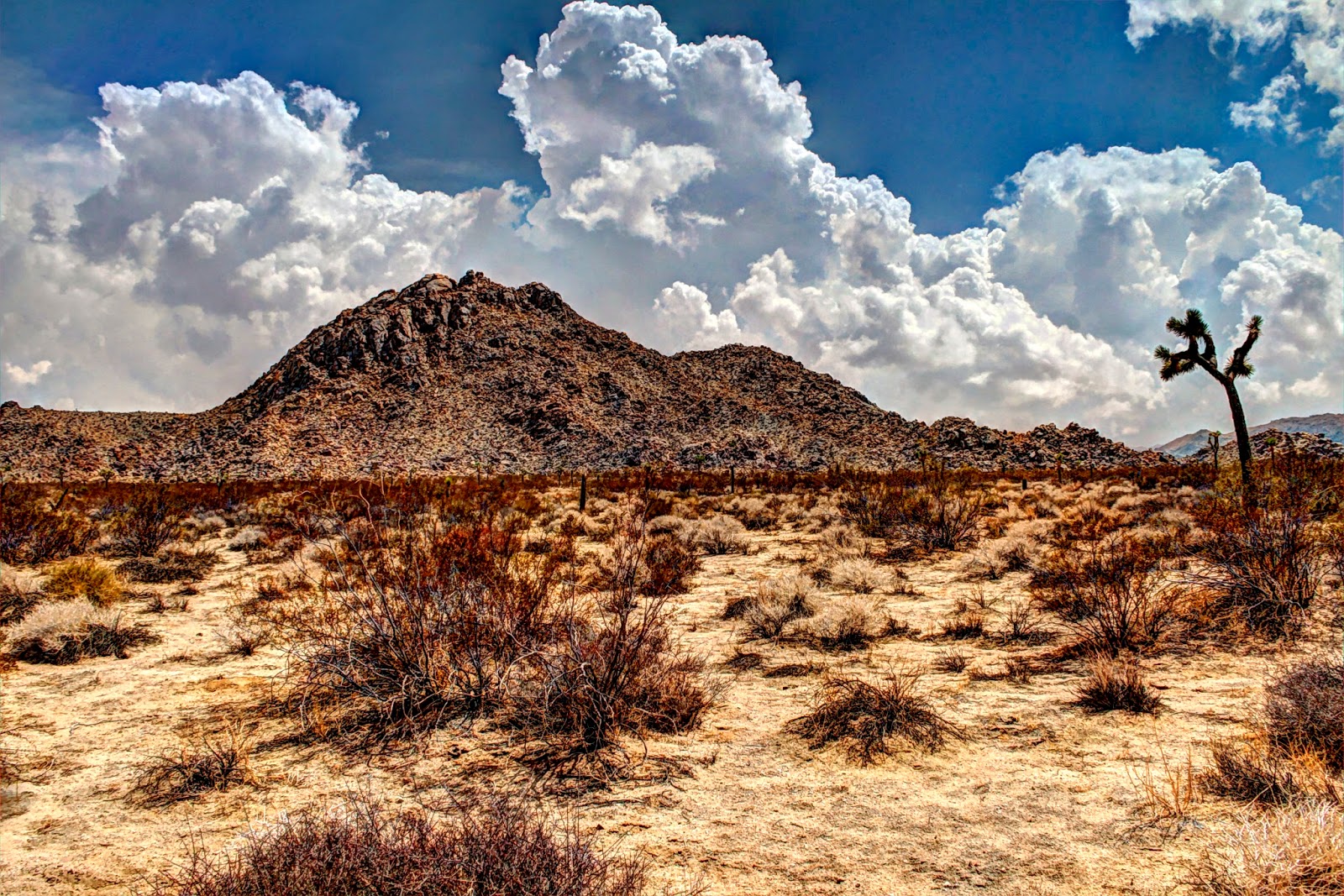The Mojave Desert, an expansive arid region that spans parts of California, Nevada, Utah, and Arizona, is a landscape of stark beauty and harsh realities. Despite its reputation as a desolate area, the Mojave holds a remarkable array of life, much of which relies on the presence of water. Water in the Mojave Desert, though scarce, is crucial for the survival of both its flora and fauna, and understanding its distribution and significance can provide insight into the delicate balance of this unique ecosystem.
As one delves deeper into the Mojave Desert, it becomes apparent that water is not just a resource; it is the lifeblood of the desert's inhabitants. From the majestic Joshua trees to the elusive desert tortoise, many species have adapted remarkably to the limited water supply. This article will explore the various sources of water in the Mojave Desert, the challenges of water scarcity, and the innovative methods being employed to conserve and manage this precious resource.
Moreover, water in the Mojave Desert plays a role that extends beyond survival; it shapes the very landscape itself. The interaction between water and geological formations creates stunning vistas and unique habitats. In this exploration, we will address key questions surrounding the water availability, its importance to the ecosystem, and the human impact on this fragile environment. Join us as we uncover the mysteries of water in the Mojave Desert and its significance in this extraordinary ecosystem.
What Are the Major Sources of Water in the Mojave Desert?
Water in the Mojave Desert comes from several crucial sources, each playing a distinct role in supporting life within this arid environment. Key sources include:
- Rainfall: The Mojave Desert receives an average of 3 to 10 inches of rain annually, primarily during the winter months. This sporadic precipitation is vital for replenishing the soil and providing moisture for plants and animals.
- Groundwater: Beneath the surface lies a network of aquifers, which store significant amounts of water. This groundwater is accessed by both wildlife and humans through wells.
- Snowmelt: In some areas, especially at higher elevations, melting snow contributes to the local water supply during the spring months.
- Natural Springs: The Mojave is home to several natural springs, which emerge from the ground and provide a consistent source of water in otherwise dry areas.
How is Water Managed in the Mojave Desert?
Water management in the Mojave Desert is a complex issue, especially considering the competing demands from agricultural, urban, and ecological interests. Some key strategies include:
- Conservation Practices: Implementing water-efficient technologies and encouraging sustainable practices among local communities.
- Water Recycling: Treating and reusing wastewater to alleviate the pressure on freshwater sources.
- Water Rights Agreements: Establishing agreements among various stakeholders to ensure fair distribution and use of water resources.
What Challenges Does Water Scarcity Present?
Water scarcity in the Mojave Desert poses numerous challenges for both the ecosystem and the human population. Some of the most pressing issues include:
- Threats to Biodiversity: Limited water availability can lead to habitat loss and decreased populations of native species.
- Increased Competition: As populations grow, competition for limited water resources intensifies, leading to potential conflicts.
- Impact of Climate Change: Changing weather patterns may further reduce rainfall and exacerbate water scarcity in the region.
How Do Plants Adapt to Water Scarcity in the Mojave Desert?
Plants in the Mojave Desert have developed remarkable adaptations to survive the harsh conditions and limited water supply. Some of these adaptations include:
- Deep Root Systems: Many desert plants, such as creosote bush, develop deep roots that allow them to access groundwater.
- Water Storage: Succulent plants, like cacti, store water in their tissues to use during drought periods.
- Reduced Leaf Surface Area: Smaller leaves or spines minimize water loss through transpiration.
What Role Does Water Play in the Animal Life of the Mojave Desert?
Water in the Mojave Desert is equally vital for the survival of its animal inhabitants. Various species have adapted unique behaviors and physiological traits to cope with water scarcity:
- Nocturnal Lifestyle: Many animals, such as desert foxes and kangaroo rats, are nocturnal, reducing their water loss during the heat of the day.
- Diverse Diets: Herbivores often consume plants with high water content, while carnivores may obtain moisture from their prey.
- Efficient Water Use: Some species can metabolize food to obtain water, minimizing their reliance on external sources.
What Is the Future of Water in the Mojave Desert?
The future of water in the Mojave Desert is increasingly uncertain, with climate change, population growth, and environmental degradation posing significant threats. To ensure the sustainability of this fragile ecosystem, it is crucial to:
- Invest in Research: Continued research into innovative water conservation methods and sustainable practices is essential.
- Promote Community Awareness: Educating local communities about the importance of water conservation can lead to more responsible usage.
- Enhance Policy Frameworks: Strengthening policies regarding water management can help protect this vital resource.
Conclusion: The Lifeblood of the Mojave Desert
Water in the Mojave Desert is not merely a resource; it is the foundation of life in one of the most extreme environments on Earth. Through careful management and innovative strategies, it is possible to sustain the delicate balance of this ecosystem while supporting the needs of its human inhabitants. Understanding the significance of water in the Mojave Desert is crucial for preserving its unique biodiversity and ensuring a sustainable future for generations to come.
Article Recommendations
- Finalists On Dancing With The Stars
- Neil Young Images
- Trent Williams Tattoos
- Who Is Slash Dating
- When Did Confessions Come Out
- New Year Movie 2024
- Cuanto Pesa Donal Trump
- Glenn Close Michael Douglas
- Yk Osiris And Diddy
- How Old Is Helena Vestergaard



